Red light therapy shows real promise for athlete’s foot, especially when used with precision. While research is still emerging, early results from related fungal infections suggest it may be the smarter, drug-free way to heal.
Here’s what you need to know:
- Athlete’s foot shares key traits with other fungal infections successfully treated by red light
- Protocols from nail fungus and candidiasis cases offer a strong foundation
- 660 nm red light at ~5 J/cm², 3–4x per week, is emerging as the optimal dose
- Splaying the toes and rotating the foot 90° prevents shadow zones
- Post-treatment antifungal cream boosts contact and penetration
-
Dry feet and shoe rotation are essential to prevent reinfection
At Lumara, we believe red light therapy deserves a better standard.
Our devices are engineered for clinical power, with consistent energy output making precision protocols easy to follow at home.
Keep reading to learn how red light targets fungus, what protocols actually work, and how to finally stop the cycle of recurring athlete’s foot.
What you’re treating: skin vs nail

Athlete’s foot basics
Tinea pedis colonizes the outer skin layers, especially warm, damp toe webs. Itching, peeling, and redness build in recessed creases where sweat lingers. The skin can appear soggy or flaky, and tiny fissures may sting with topicals.
Clearing the web spaces requires two things: consistent energy delivery to the target surfaces and a dry environment between sessions. Light alone cannot hold results if the skin stays wet and occluded.
Nail involvement signs
When the infection reaches nail edges, look for chalky white borders, mild thickening, or discoloration creeping under the plate. Skin may improve quickly while nail margins lag. Extend treatment with angled passes over nail plates while holding the interdigital routine steady.
If nail edges remain tender or the midfoot is sore from altered gait, a flexible device that contours around curves can help you stay consistent while the primary panel continues to handle the toe webs.
Light fundamentals for feet

Wavelengths that matter
Most athlete’s foot infections stay near the skin’s surface, where red light has been shown to drive results in similar fungal conditions like onychomycosis and candidiasis. At this depth, red light supports tissue recovery, reduces inflammation, and, crucially, disrupts fungal biofilms, a key factor in persistent infections.
Dose by energy, not minutes
For red light to work, what matters most is how much energy reaches the skin, not how long you sit under the panel. A good target is ~5 J/cm² per session.
Using a high-output panel, that dose can be delivered in just a few minutes from 20–30 cm away. This makes sessions easy to fit in before work, after workouts, or post-shower, whenever the feet are already clean and dry.
Uniform coverage matters
Athlete’s foot hides in curved toes and tight web spaces, places where light can’t reach evenly if coverage is poor. Studies on fungal infections show that incomplete exposure leads to recurrence.
This is why LED spacing and panel design matter. A well-designed array overlaps light across all web spaces, ensuring no shadow zones where fungus can linger.
The Lumara Red Light Therapy Panel is engineered for full, even coverage of small and mid-size zones, so each toe web receives the right dose, every time.
Positioning to reach every toe web

Toe-splay + rotate method
Sit with knees bent so you can see the LEDs. Place feet 20–30 cm from the panel. Splay toes so each web faces the array. Hold for 3 minutes. Rotate both feet 90° and hold for another 3 minutes. This simple change of angle exposes the fourth–fifth web, the most common trouble spot.
Distance and angles
Pick a working distance and stick with it. If the fifth web still looks shaded, add a brief angled pass by tilting the outside edge of the foot toward the panel. Keep the ankle relaxed so the toes stay spread without strain.
Session timing template
Per foot: 3 minutes front, 3 minutes side. For early nail-edge involvement, add 2–3 minutes angled over the plate after the skin passes. Log what you did. Consistent settings make week-to-week progress easier to read.
When contouring helps
If ankle or midfoot soreness tags along with the skin infection, a flexible wrap can deliver near-infrared comfort while the panel continues to hit the toe webs. The Lumara Pad contours around bony curves without fighting setup time.
Hygiene that limits recurrence

Post-shower sequence
Water swells the stratum corneum. Dry thoroughly between toes with a cool setting on a hair dryer. Run the light protocol. Apply antifungal after the skin calms and the surface feels dry to the touch. That order improves contact and cuts stinging.
Socks and shoes
Use breathable socks and hot-wash them. Rotate shoes so interiors dry fully between wears. Pull insoles and let them air out. Avoid tight, non-breathable uppers during the first two weeks of treatment. Moisture control is the difference between clearing once and chasing symptoms all season.
Surfaces and reinfection
Sanitize shower floors and shared surfaces. Bring flip-flops to locker rooms. If symptoms keep bouncing back, audit older shoes that never fully dry; retiring a pair can stop a month of back-and-forth.
Heal With Lumara

When it comes to athlete’s foot, precision matters. Fungal infections thrive in shadows and bounce back when coverage is inconsistent or the skin stays damp. That’s why red light only works when the dose is right, the angle is correct, and the routine fits your life.
Lumara makes that possible.
Our clinical-grade panels deliver uniform light to every toe web, even across curves and creases. You get reliable, repeatable energy, without guesswork. Protective eyewear and optional infrared pads help you stay comfortable and on track, even when soreness sets in.
More than a treatment, it’s a system:
- Use red light 3–4x per week for 2–3 weeks
- Dry feet, clean socks, and rotating shoes = critical
- Apply antifungal cream immediately post-session
- Log angles, distance, and timing to repeat what works
You don’t have to live with recurring athlete’s foot. With Lumara, you can treat it with precision, on your schedule, and stay one step ahead of it for good.
Ready to start?
- Explore the Lumara Panel for even, targeted foot coverage
- Shop the Infrared Pad for soothing comfort deeper in the tissue
No more cycles. No more guesswork. Just real, clinical light, designed to help you heal.
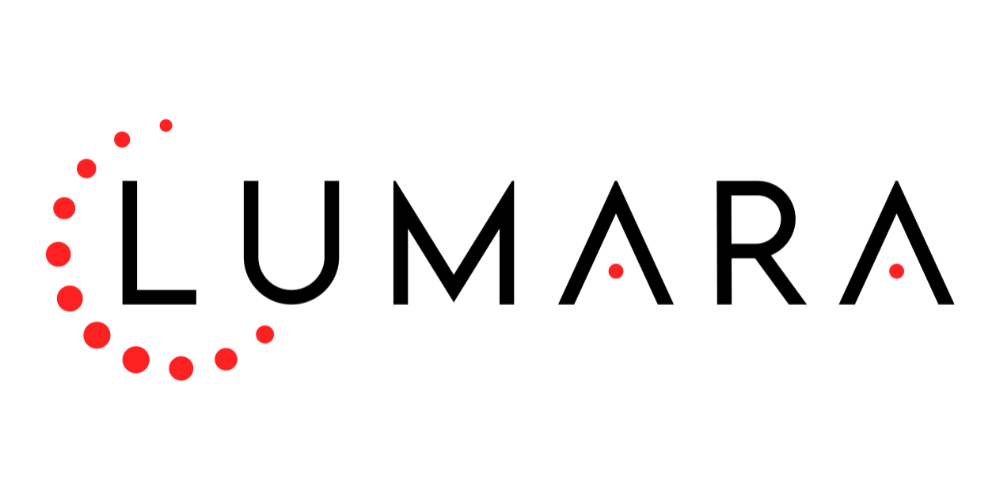
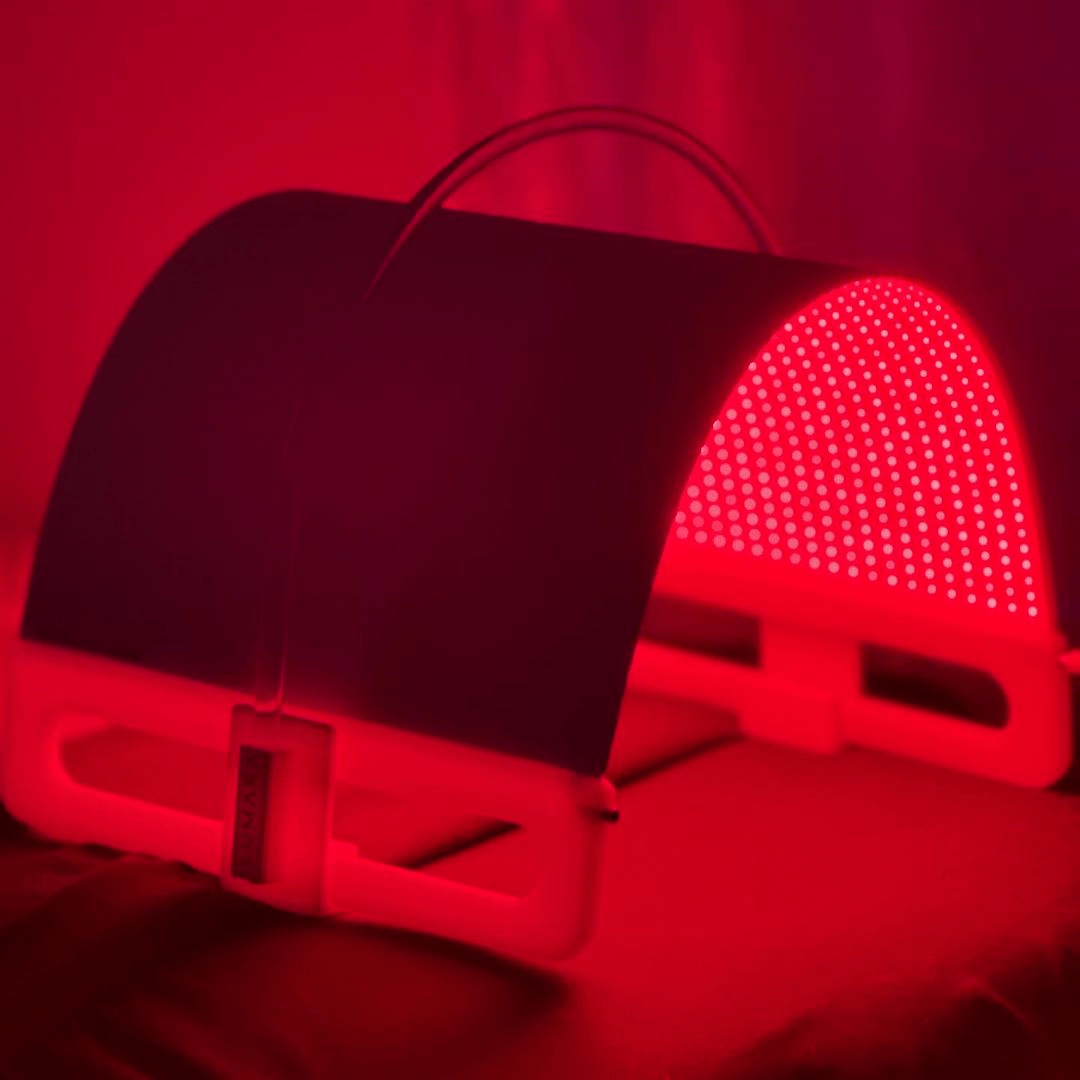
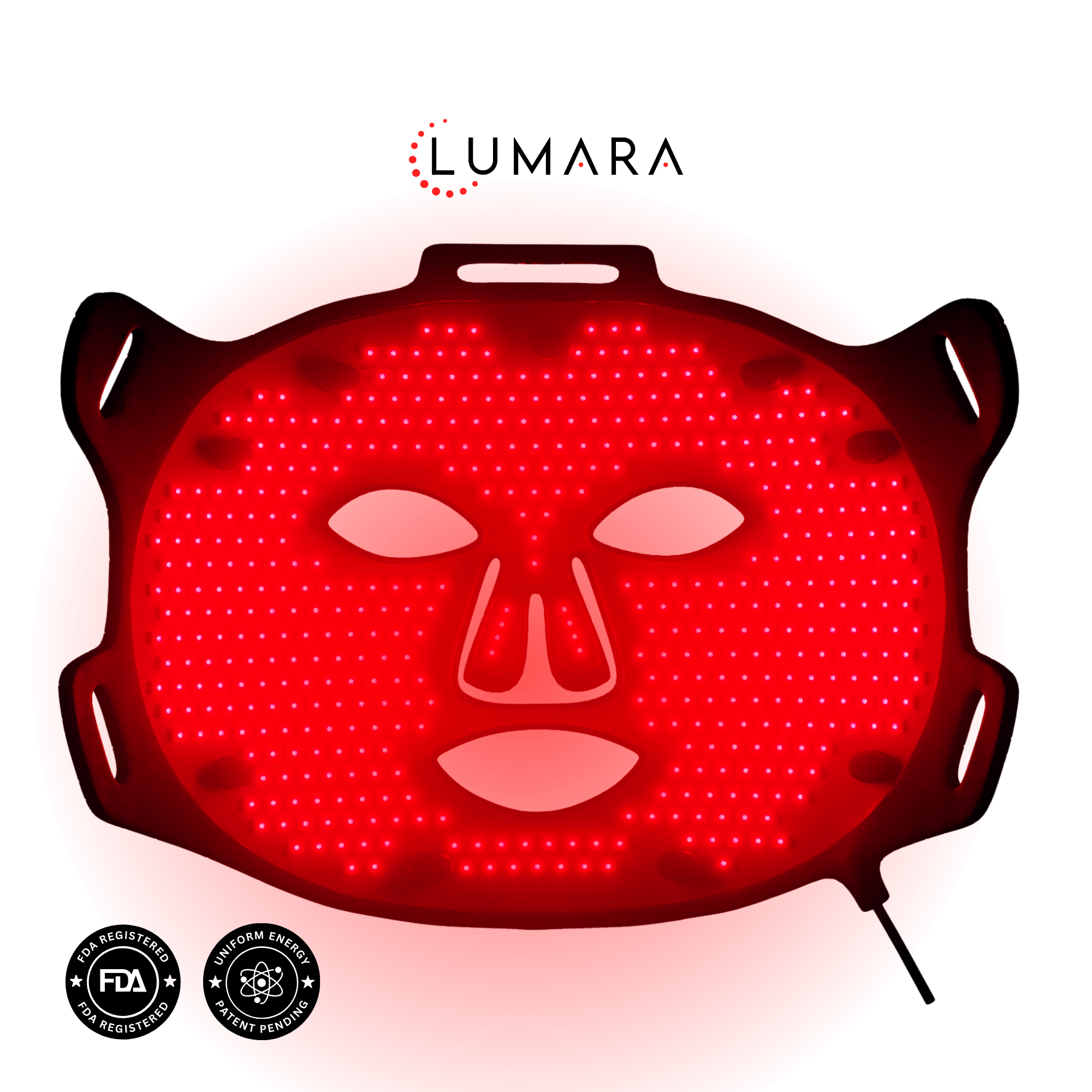

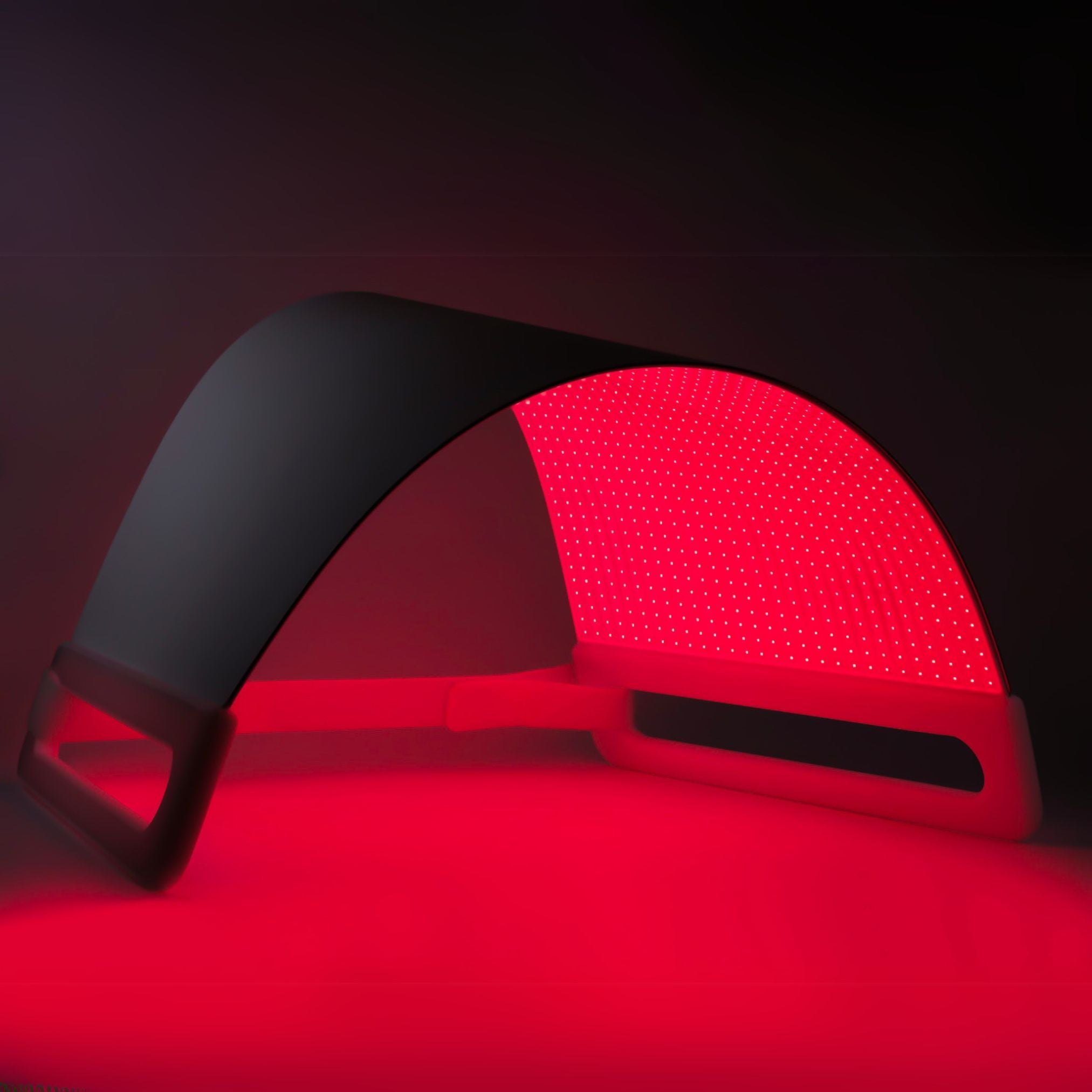
Share:
Red Light Therapy & Dopamine: Mechanism, Timing, Safety
Red Light Therapy for Adrenal Fatigue: Complete Guide